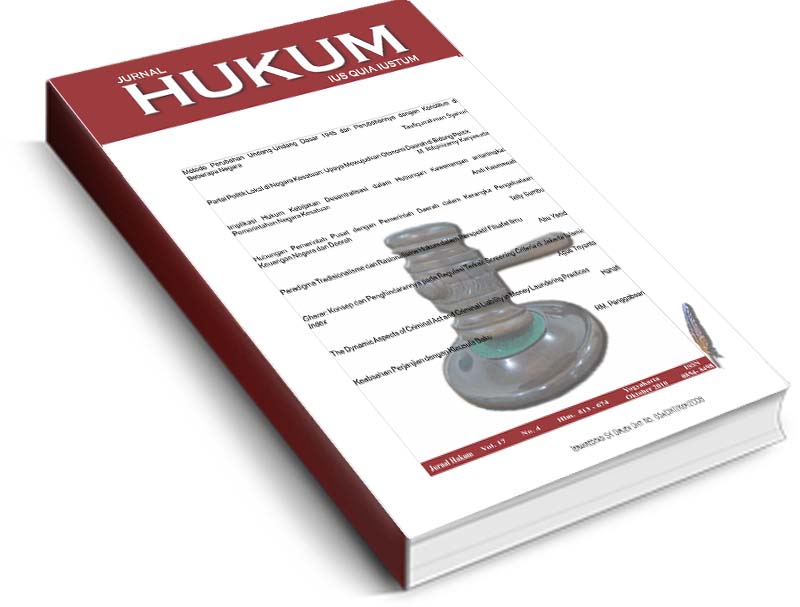Main Article Content
Abstract
The criminal conduct and mental elements are two components required for establishing a criminal conviction. The question arises, however, how these two components ought to be applied to the complicated and sophisticated process such as money laundering. It is demonstrated that money laundering crime may be conducted by, through, or under the cover of corporate entities raising difficult issues over the proof of these two components. This article applies an analytical approach on how theoretical studies and court practices encounter these problems. This article then argues the interest of developing models and theories use to justify imposing criminal liability of money laundering on individuals as well as corporations. Three models of corporate liability that were elaborated in this article are adaptation or imitation model, aggregation or collective knowledge model, and the faulty organization model.
Key words :Criminal act, criminal liability, money launderingArticle Details
Authors who publish with this journal agree to the following terms:
a. Authors retain copyright and grant the journal right of first publication with the work simultaneously licensed under a Creative Commons Attribution License that allows others to share the work with an acknowledgement of the work's authorship and initial publication in this journal.
b. Authors are able to enter into separate, additional contractual arrangements for the non-exclusive distribution of the journal's published version of the work (e.g., post it to an institutional repository or publish it in a book), with an acknowledgement of its initial publication in this journal.




